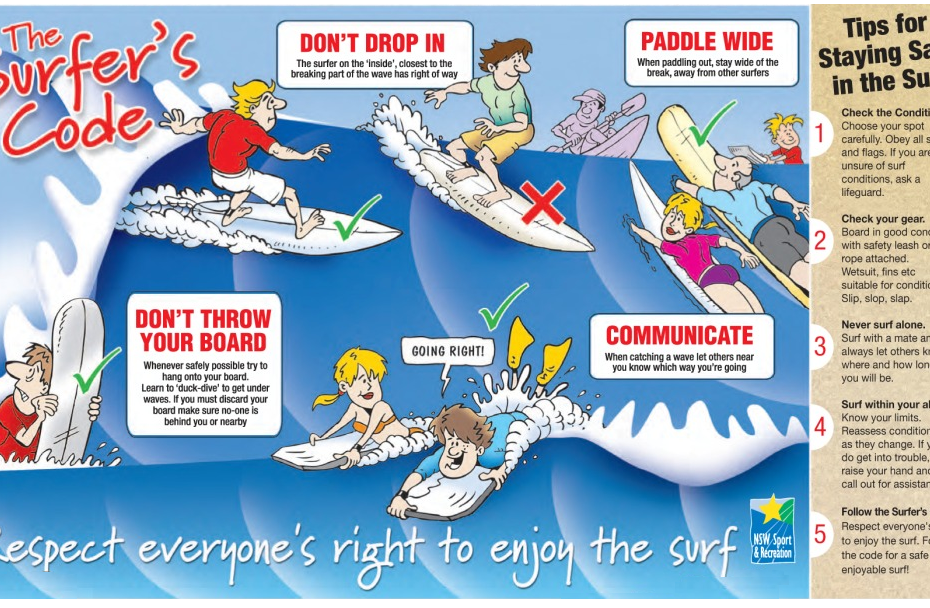Intro: Surfing is an exhilarating sport that allows you to ride the waves and connect with the ocean in a profound way. Whether you’re a seasoned surfer or a beginner attending a surf camp, safety should always be a top priority. Understanding and implementing essential safety precautions can help ensure a memorable and injury-free surfing experience. In this guide, we’ll delve into the crucial safety measures that all surfers should be aware of while enjoying the waves at surf camps.
1. Know Your Skill Level:
- Assess your surfing abilities honestly and choose waves and surf spots that match your skills.
- Never attempt waves that are beyond your current proficiency level.
2. Buddy System:
- Surf with a friend or in the presence of other surfers. The buddy system ensures someone can assist in case of emergencies.
- Keep an eye on each other and communicate using hand signals if necessary.
3. Respect Local Rules and Regulations:
- Familiarize yourself with the local surf regulations and adhere to them.
- Respect designated surf zones, beach closures, and any environmental guidelines.
4. Understand Rip Currents:
- Learn to identify rip currents, which can be powerful and dangerous.
- If caught in a rip current, swim parallel to the shore to escape its pull.
5. Use a Leash:
- Always attach a leash to your surfboard to prevent it from drifting away during wipeouts.
- Ensure the leash is in good condition and securely fastened.
6. Properly Maintain Equipment:
- Regularly inspect your surfboard, wetsuit, and leash for any damage.
- Make necessary repairs or replacements to ensure their reliability.
7. Watch the Weather:
- Stay informed about weather conditions and forecasts.
- Avoid surfing in thunderstorms, as lightning poses a severe risk.
8. Stay Hydrated:
- Dehydration can affect your focus and energy. Bring water to stay hydrated between surf sessions.
9. Surf Etiquette:
- Respect the “right of way” rules and surf etiquette to avoid collisions.
- Communicate with other surfers using hand signals and verbal cues.
10. Sun Protection:
- Protect your skin and eyes from the sun’s harmful UV rays with sunscreen, sunglasses, and a hat.
- Apply sunscreen generously and reapply after surfing.
11. Know Emergency Procedures:
- Be aware of emergency contact numbers and the location of the nearest medical facilities.
- Know how to respond in case of injuries or incidents.
12. Lifeguards and Instructors:
- If available, always surf in areas patrolled by lifeguards.
- Listen to surf instructors and follow their guidance during lessons.
13. Stay Calm in Wipeouts:
- In challenging situations, remain calm and conserve energy.
- Float on the surface with your board to signal for assistance if needed.
Conclusion: Safety should be the cornerstone of every surfer’s experience at surf camps. By incorporating these essential safety precautions into your surfing routine, you not only protect yourself but also contribute to a safer and more enjoyable environment for fellow surfers. Surfing is an incredible journey of connection with the ocean, and with the right safety measures in place, you can ride the waves with confidence, peace of mind, and an appreciation for the beauty of the sea. May your surf camp adventures be filled with safe and memorable moments on the water!
For more articles visit suring4you.com.
